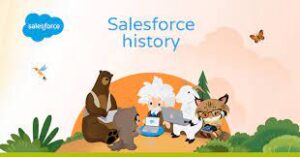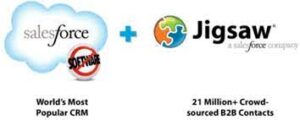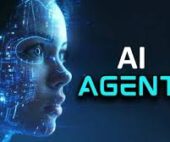What is AI Watermarking?
AI watermarking is the process of embedding a unique, identifiable signal—called a watermark—into the output of an artificial intelligence model, such as text or images, to mark it as AI-generated. This watermark can then be detected by specialized algorithms designed to scan for it.
An effective AI watermark should be:
- Imperceptible to human observers but detectable by software.
- Resistant to removal, forgery, or modification.
- Non-disruptive to model performance.
- Compatible with various AI architectures.
AI watermarking has gained attention with the rise of consumer-facing AI tools like text and image generators, which can produce highly realistic content. For instance, in March 2023, an AI-generated image of the Pope wearing a puffer coat went viral, misleading many into believing it was real.
While some AI-generated content is harmless, the technology also poses risks, such as:
- Political misinformation (e.g., deepfakes).
- Fraudulent scams (e.g., AI-generated phishing emails).
- Misleading media (e.g., fake news articles).
To combat these risks, researchers are developing watermarking techniques to help distinguish AI-generated content from human-created material.
How AI Watermarking Works
AI watermarking involves two key stages:
- Watermark Encoding (During Training)
- The AI model is trained to embed a hidden signal in its output.
- For text models (like LLMs), this could involve favoring certain rare words or phrasing patterns.
- For image generators, subtle pixel-level changes or noise patterns may be introduced.
- Watermark Detection (After Generation)
- Specialized algorithms scan content to detect the embedded watermark.
- For text, this might involve analyzing word frequency or syntax.
- For images, software could examine pixel distributions or noise signatures.
Example: Text Watermarking in LLMs
A technique proposed by OpenAI researcher Scott Aaronson involves:
- Using a cryptographic function to bias token selection (e.g., favoring rare words).
- Only those with the private key can detect the watermark by analyzing word patterns.
- To users, the text appears normal, but the hidden signal reveals its AI origin.
Similarly, image generators could embed watermarks by:
- Adjusting neural network weights to introduce subtle artifacts.
- Including watermarked training data so outputs inherit detectable markers.
Benefits of AI Watermarking
- Combating Misinformation
- Platforms (e.g., social media, news sites) could flag AI-generated content with disclaimers.
- Helps prevent deepfakes, fake news, and fraudulent media.
- Proving Authenticity
- Watermarks act as digital signatures, verifying content origin.
- Useful in legal, scientific, or journalistic contexts where provenance matters.
- Protecting Creators
- Helps identify unauthorized use of AI-generated content (e.g., deepfakes, bot-authored books).
Limitations & Challenges
Despite its potential, current AI watermarking has significant drawbacks:
- Easily Removed or Bypassed
- Simple edits (e.g., paraphrasing text, filtering images) can erase watermarks.
- OpenAI’s AI text detector was discontinued in 2023 due to low accuracy.
- False Positives
- Human-written content might accidentally match watermark patterns.
- Malicious actors could add fake watermarks to real content to sow doubt.
- Technical Constraints
- Watermarks may not work across different model versions or fine-tuned variants.
- Balancing detectability without degrading output quality is difficult.
- Ethical Concerns
- Watermarking could enable tracking of AI tool usage, raising privacy issues.
Conclusion
AI watermarking is a promising but imperfect solution for identifying AI-generated content. While it could help mitigate misinformation and verify authenticity, current methods remain unreliable. Future advancements will need to address removal resistance, false detection, and ethical implications before watermarking becomes a widely adopted standard.
🔔🔔 Follow us on LinkedIn 🔔🔔











